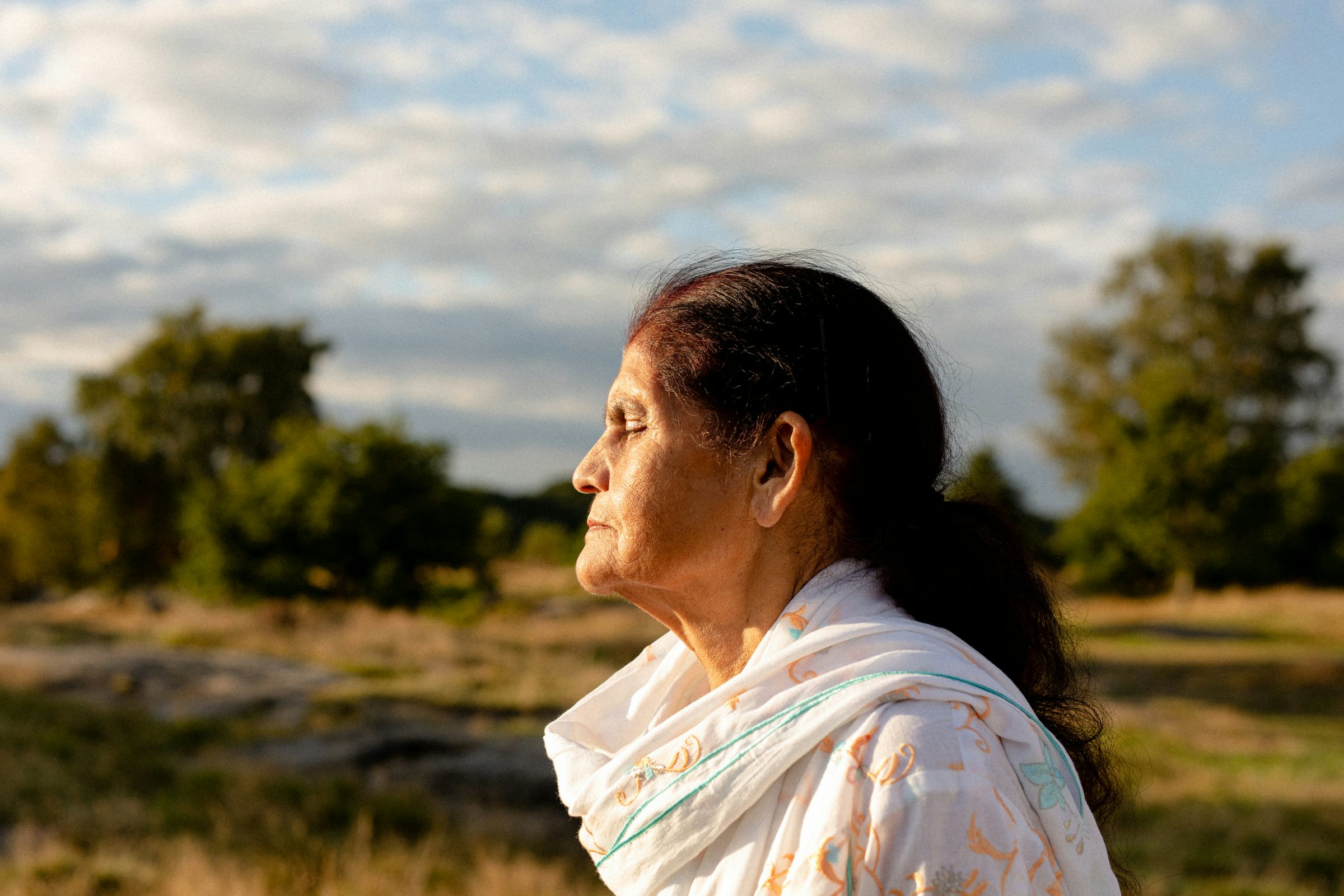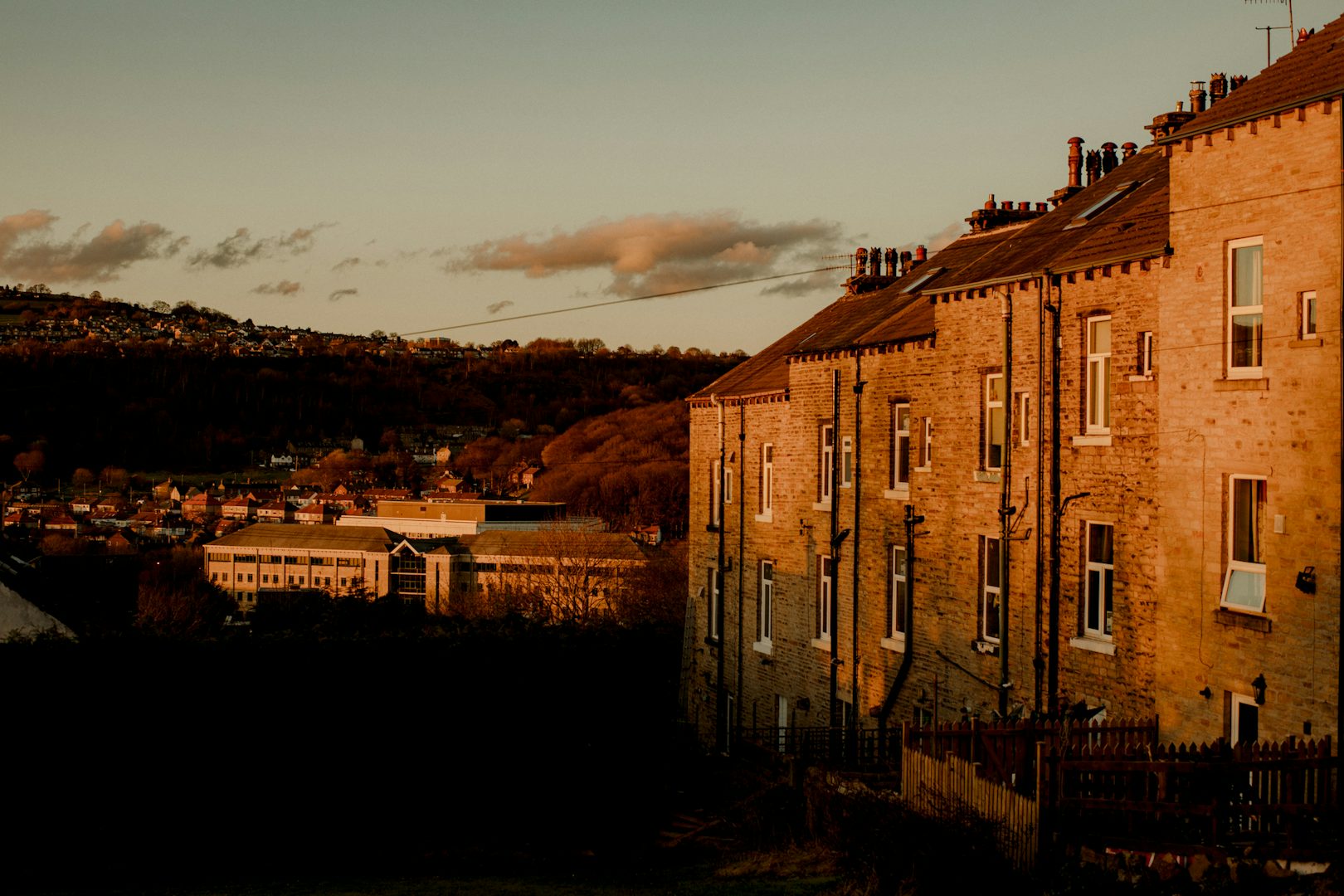On client work vs personal work
Though working for commercial clients can be a fulfilling and lucrative path for creatives today, balancing this alongside personal projects benefits everyone, says Ravi Amaratunga Hitchcock
The client. All bearing, all seeing, all knowing, all funding. An object for our creativity to seek approval from, react to, or – on occasion – outright reject. But there’s no hiding when it comes the commercial world: there is no creativity without a client.
But what happens when there is no client? What happens when you have to figure it out yourself? When there is no deadline or product launch? What happens when you graduate this workflow from ‘side hustle’ or ‘passion project’ to a regular and important part of your day to day?
Well reader, I can tell you from my own experiences, that it forces you to become a whole different type of creative person.

Caveat: I began my career in feature films and moved to TV as a commissioner at Channel 4, before cutting my teeth during the glory days of millennial editorial media at Dazed and i-D.
The first half of my career had key creative gatekeepers, sure. But ultimately the only metric of creative success was ‘is there an audience for this?’ and ‘did it rate?’ Not creativity for creativity’s sake, but rather – is this going to impact people? Is this good enough?
It’s what drew me to mass communications in the first place. The power for creative stories to help change people’s perceptions. The opportunity to truly inspire.
It was only after spending the more recent half of my career in the commercial space (first at an agency and then setting up my own, Soursop) that I noticed the question on the lips of most creative people wasn’t ‘what will an audience think?’ but rather ‘what will the client think?’
What makes us great as creative people is that we’re able to bring creative ideas, concepts and methods from outside of the worlds our clients inhabit
This is absolutely necessary when working with brands that have real commercial expectations. They need to report a return on investment. It’s important to understand their commercial realities. As someone told me in my first agency pitch, “we’re working at the creative end of business, not the business end of creativity”.
Cool. But what makes us great as creative people is that we’re able to bring creative ideas, concepts and methods from outside of the worlds our clients inhabit, right? And the question I keep challenging the commercial creatives I work with is this: ‘how are you going to do that when 100% of your creative efforts are focused on making commercial client-based work?’ Also, on a level, how are you going to be creatively fulfilled?
Like with any area of our existence, variety is the spice of life. Especially when it comes to being a creative person. So I made a decision when embarking on a more commercial career trajectory to dedicate time and real resource to creating projects without a commercial client.

Partly because it’s what I loved about the first half of my career. But also because it just makes me better at providing a creative service to my clients. It’s also a really important way to generate and cultivate meaningful and genuine creative relationships and collaborations. I ended up setting up my whole business on this premise.
OK, so enough with the theory. I wanted to share some real experiences via a documentary we made for the Guardian called Dear Bradford. It took 18 months to make. But in reality the process of finding the idea for it maybe took over four years. Before I started my agency Soursop. This is how it came about.
As a British South Asian, I have a natural desire to tell our communities’ stories. They do not get the airtime they deserve beyond the diaspora. And it’s something deeply personal to me, fusing my own literal identity to the creative work I undertake.
I had met photographer and filmmaker Vivek Vadoliya during my days at i-D, and we had always bonded over this desire to tell South Asian stories. Vivek was already doing this really well in his photography, but my experience in longer-form documentary meant teaming up we could create something impactful in this space. The problem was finding a story that met the grand aim.
The journey. The pain. The figuring it out. The eventual making sense of it. And the final creative product – there is no way any of that would happen with a conventional commercial client
We spent many jam sessions pitching to the likes of BBC Three and even some brands, thinking about how we could get funding. And it just never came, for a multitude of reasons. Perhaps our ideas weren’t strong enough – or perhaps we had adapted them to ‘clients’ so they lost their meaning.
So eventually we decided to do a clientless approach. Vivek had been spending more and more time in Bradford in north England, for some photo projects, which has one of the largest densities of South Asian Brits in the UK.
During his time there he made friends with a Bradfordian and aspiring director called Farhaan Mumtaz (aka Faz) and we all got talking. Through his experiences, and the fact that in 2021 it would have been 20 years since the infamous Bradford riots, we thought there was something in this topic. Those riots really had created a biased media reporting that Bradfordians were sick to death of. So we wanted to create a counter-narrative through a powerful documentary.
Through a relationship with Charlie Phillips – then head of video at the Guardian, who happened to grow up in Leeds – we had the opportunity to be part of their Guardian docs strand if we could develop up the idea further. We wanted to ensure this was a truly represented story so agreed Faz and Vivek would direct and we would write the concept and narrative as a trio.
The whole story of what happened next is long and winding. It would take a whole other article to explain, so the abridged version is as follows: we found two powerful female characters for the piece, and asked them to create a ‘love letter to the city’.
After day one of filming they dropped out. They didn’t feel comfortable being the ‘spokespeople’ for the city. Or being on the Guardian. We had to start from scratch and totally re-concept the film. After a lot of soul searching, Faz agreed to offer up his family as part of the process. Acting as a protagonist and filmmaker. The result is a film as much about poetry and intergenerational relationships as it is about Bradford.
The journey. The pain. The figuring it out. The eventual making sense of it. And the final creative product – there is no way any of that would happen with a conventional commercial client. It would be almost impossible.
For me as a person, it helped me understand my own creative purpose and approach a lot more. It gave me really valued and ongoing relationships. And it gave me perspective and balance with my commercial work. A ying and yang.

If I was solely doing Dear Bradford, I would have lost the plot. Having commercial work meant I could create within parameters that kept me sane. But without a Dear Bradford, there’d probably be ideas that I might try to shoehorn into my commercial work that would ultimately lead to bad decisions or compromises that would alienate the very communities I had wanted to reach. Some ideas just need space and time that aren’t really commercially viable.
So how do we create the space and time to do this? How do you stop this vein of work from being in the ‘side hustle’ category that is constantly deprioritised and neglected?
In my experience, to truly accept and embrace clientless work as part of your day-to-day you need to view it as an investment in yourself and your craft. Just like putting in the training before running a marathon, this body of work will keep you relevant, develop relationships and help challenge your approach to creativity.
It’s therefore an essential part of your routine rather than a nice to have, whether you are a freelance creative, running a creative business or leading a department at a brand.
To truly accept and embrace clientless work as part of your day-to-day you need to view it as an investment in yourself and your craft
Having created space for yourself, it can be disorientating to know where to start when there are limitless possibilities. Again, I can only speak to my experience, but for me, the best ideas often come from conversations and deep, genuine common interests. Finding a sparring partner you wouldn’t normally work with is the perfect way to break the ‘commercial cycle’.
Doing this can also give a clientless project a ‘destination’. Rather than creating something for the sake of it, an editorial platform, non-profit or community channel could create a readymade audience that you can talk to on a level.
Often what can start as a small idea can snowball, with different partners, and even funding opportunities presenting themselves. The catch is you can’t start this stream of creative work with any expectation this could come. In fact, you have to accept that sometimes it can go nowhere. But knowing when to park one idea and move onto the next is also a deft skill you will learn the more you step into this world.
As we head into a cost of living crisis, and an uncertain economic outlook, our commercial work is more important than ever. But to become better at our commercial work, perhaps we need to cultivate that clientless space for us to grow and learn.
Ravi Amaratunga Hitchcock is co-founder of creative agency Soursop; sour-sop.com




